How To Tell If Smoke Detector Has Camera?
In today's world, privacy concerns are at an all-time high, and it's not uncommon for people to worry about hidden cameras in places where they expect privacy. One such place is within the confines of their own home or rented space. Smoke detectors, due to their strategic placement and inconspicuous nature, have become a popular choice for concealing cameras. If you suspect that a smoke detector in your home or office might be hiding a camera, there are several ways to determine whether your suspicions are valid. This article will guide you through the steps to identify if a smoke detector has a hidden camera and provide practical solutions to ensure your privacy.
Visual Inspection
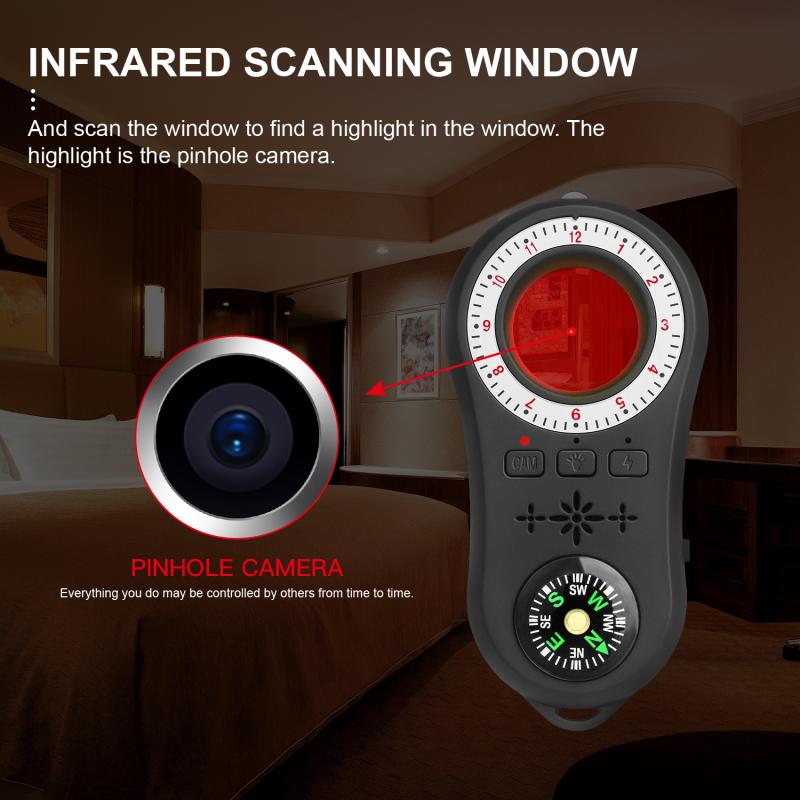
The first step in determining if a smoke detector has a hidden camera is a thorough visual inspection. Here are some key points to look for:
1. Unusual Openings or Lenses: Genuine smoke detectors have a consistent design with no unusual openings. If you notice any small holes or lenses that seem out of place, it could be a sign of a hidden camera.
2. LED Lights: Some hidden cameras have tiny LED lights that may be visible in low light conditions. Turn off the lights and look closely at the smoke detector to see if any small lights are visible.
3. Wires and Cables: Check for any unusual wiring or cables that do not seem to be part of the smoke detector's normal function. Hidden cameras often require additional wiring for power and data transmission.
Physical Inspection
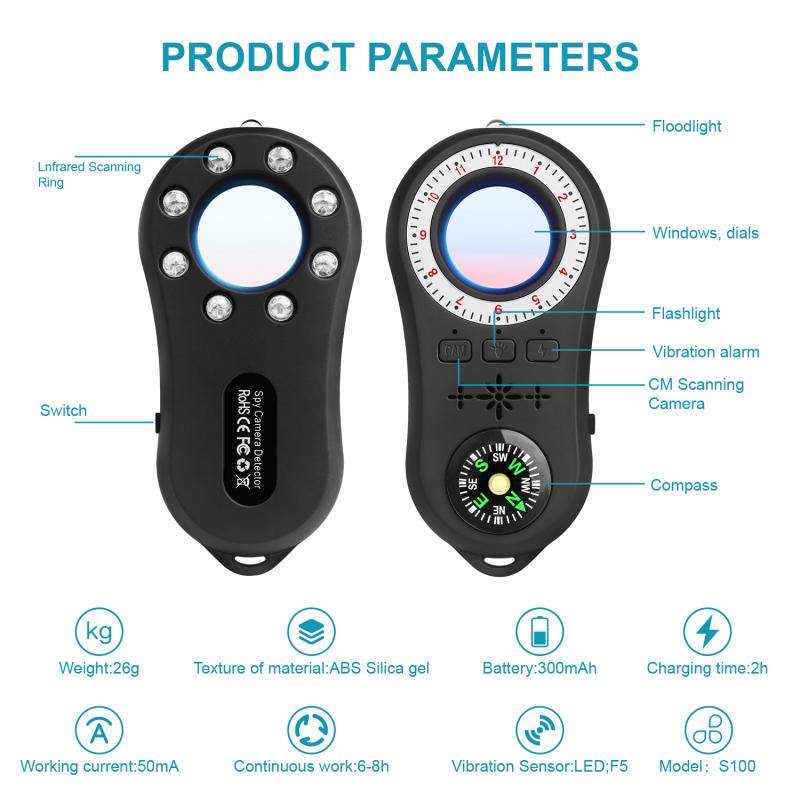
If a visual inspection does not yield conclusive results, a more hands-on approach may be necessary. Here are some steps to follow:
1. Remove the Smoke Detector: Carefully remove the smoke detector from its mounting bracket. Be cautious not to damage it, as you may need to reinstall it later.
2. Inspect the Interior: Once the smoke detector is removed, inspect the interior for any unusual components. Hidden cameras often have small circuit boards, batteries, or memory cards that are not part of a standard smoke detector.
3. Check for Power Sources: Hidden cameras require a power source. Look for any additional batteries or power cables that do not belong to the smoke detector.
Use of Technology
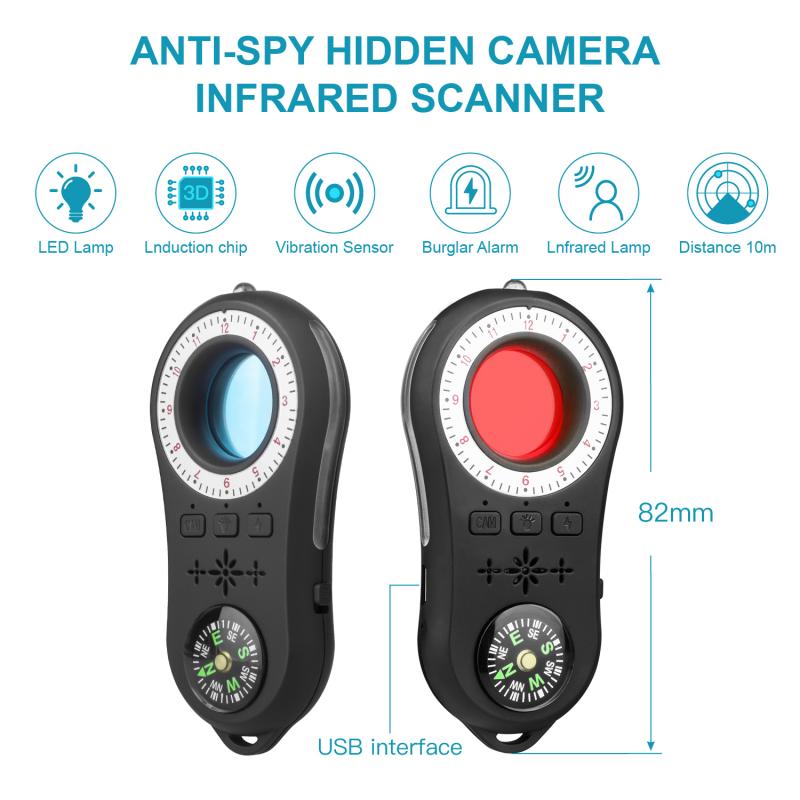
Several technological tools can help you detect hidden cameras in smoke detectors:
1. RF Detectors: Radio Frequency (RF) detectors can help identify wireless cameras by detecting the signals they transmit. Sweep the area around the smoke detector with an RF detector to see if any signals are present.
2. Infrared Detectors: Many hidden cameras use infrared (IR) for night vision. Use an infrared detector or a smartphone camera to look for IR lights that are not visible to the naked eye.
3. Mobile Apps: There are several mobile apps available that can help detect hidden cameras. These apps use your smartphone's camera and sensors to identify unusual signals or reflections that may indicate a hidden camera.
Professional Help

If you are still unsure whether a smoke detector has a hidden camera, consider seeking professional help. Private investigators and security experts have specialized tools and expertise to detect hidden cameras. They can conduct a thorough sweep of your home or office to ensure your privacy is not being compromised.
Legal Considerations
It's important to be aware of the legal implications of hidden cameras. In many jurisdictions, it is illegal to install hidden cameras in private areas without consent. If you find a hidden camera in a smoke detector, you may want to report it to the authorities, especially if you are renting the space or if the camera was installed without your knowledge.
Preventive Measures
To protect your privacy and prevent hidden cameras from being installed in the future, consider the following measures:
1. Regular Inspections: Conduct regular inspections of smoke detectors and other potential hiding spots for cameras.
2. Use of Camera Detectors: Invest in camera detection devices and use them periodically to sweep your home or office.
3. Secure Your Space: Ensure that your living or working space is secure and that unauthorized individuals do not have access to install hidden cameras.
4. Educate Yourself: Stay informed about the latest technology and methods used for hidden cameras. Knowledge is your best defense against privacy invasion.
In an age where privacy is increasingly under threat, it's essential to be vigilant and proactive in protecting your personal space. Smoke detectors, due to their inconspicuous nature, can be an ideal hiding spot for cameras. By conducting thorough visual and physical inspections, using technological tools, and seeking professional help when necessary, you can ensure that your privacy is not being compromised. Remember to stay informed about the legal aspects of hidden cameras and take preventive measures to safeguard your personal space. Your privacy is invaluable, and taking these steps can help you maintain it.


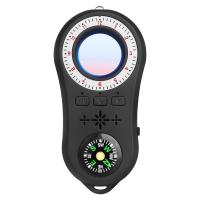




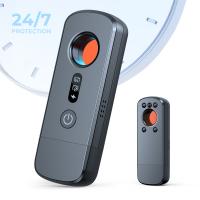
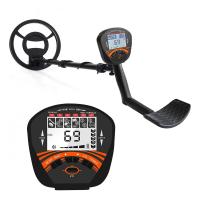

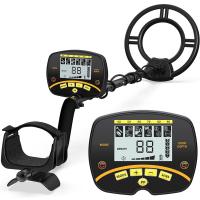

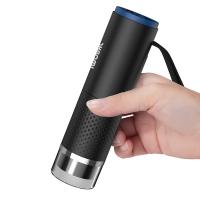

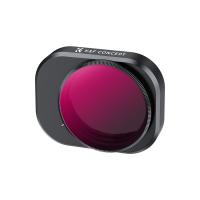

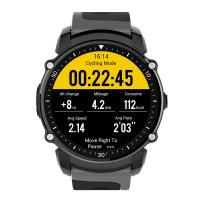
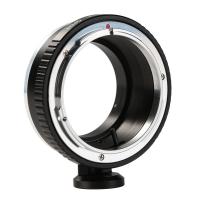

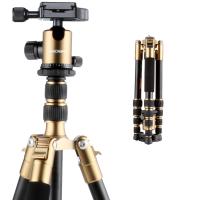




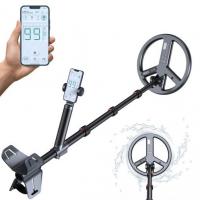
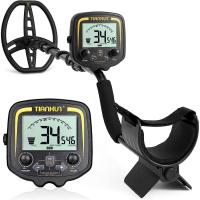
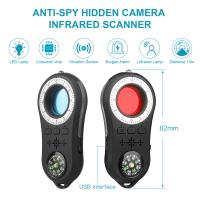
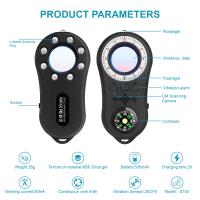
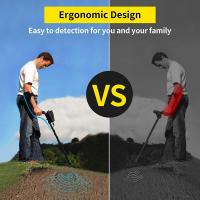


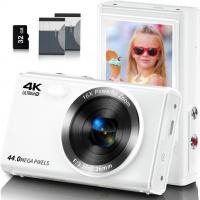
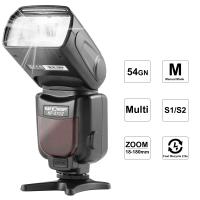
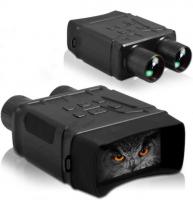

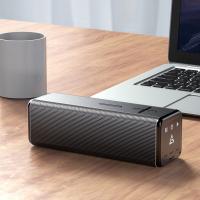

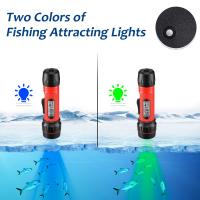
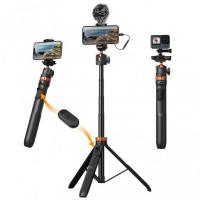

There are no comments for this blog.